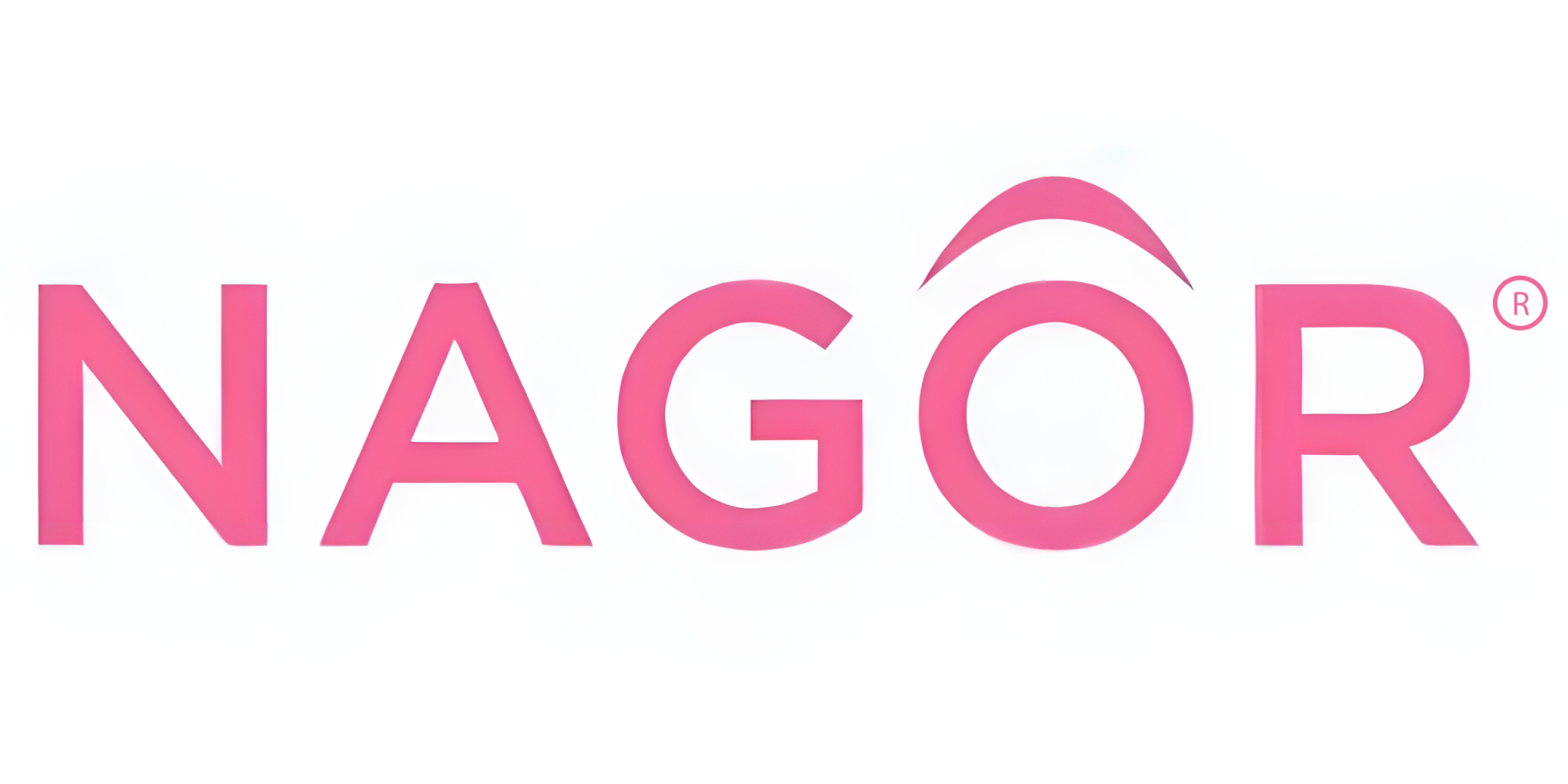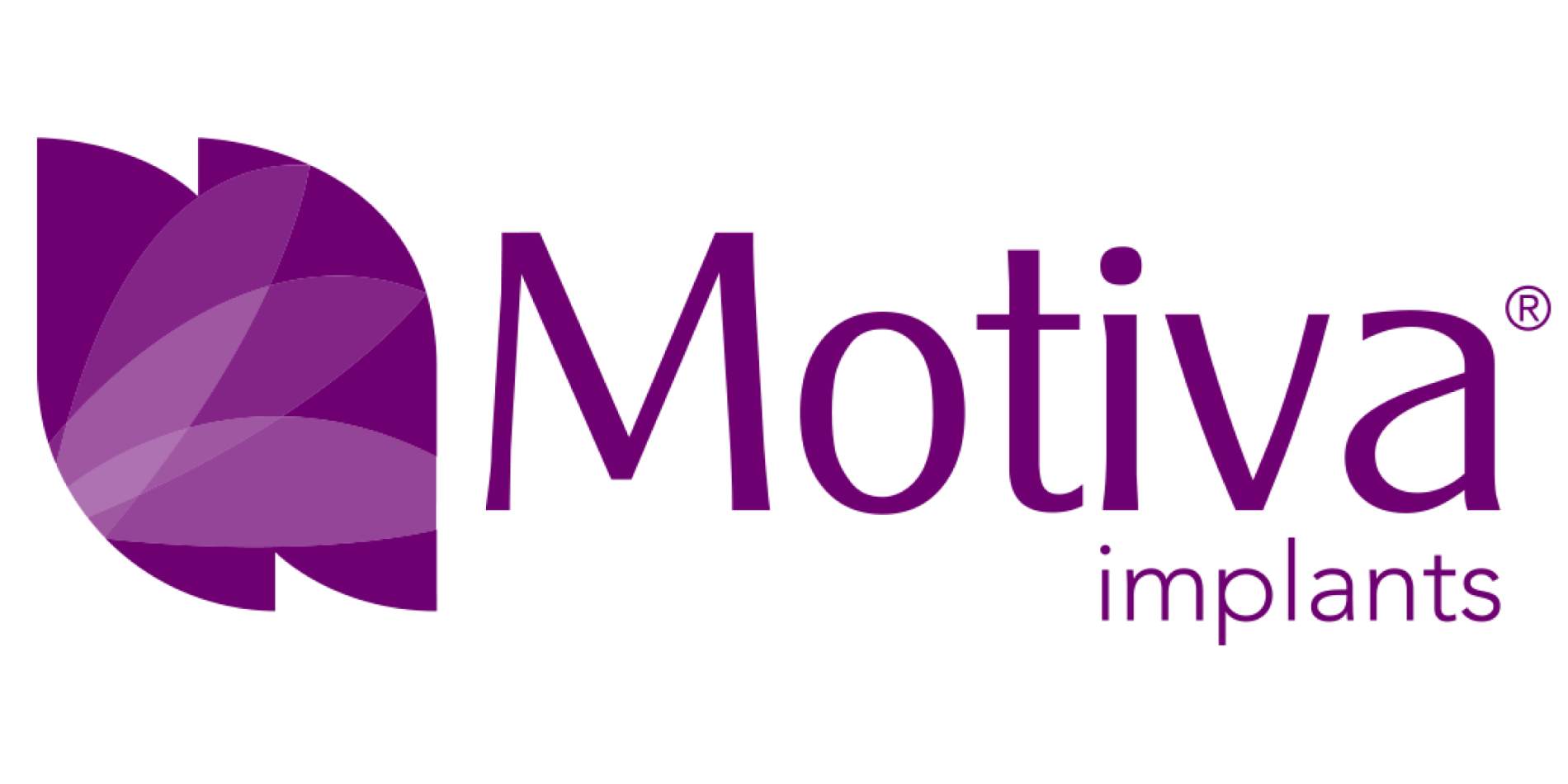TOUR MEDICAL TURIZM SEYAHAT ACENTASI TIC. A.Ş. CLARIFICATION TEXT ON THE PROTECTION OF PERSONAL DATA
This clarification text is prepared in accordance with the Law on the Protection of Personal Data No. 6698 ("KVKK") in Turkish Law and the European Union General Data Protection Regulation ("GDPR" ) by TOUR MEDICAL TURIZM SEYAHAT ACENTASI TIC. A.Ş. (''TOUR MEDICAL" ) for the purpose of clarification of the data owners about the procedures and principles regarding the processing of Personal Data of health tourist patients/clients.
One of the primary goals of TOUR MEDICAL is to ensure the security of the Personal Data of the health tourist patients/clients. Therefore, TOUR MEDICAL takes the necessary security measures in accordance with the current legislation in order to securely process the Personal Data of the health tourist patients/clients and to prevent any unlawful access or leakage to this data.
DATA CONTROLLER
Your Personal Data will be processed within the scope of KVKK No. 6698 by TOUR MEDICAL TURIZM SEYAHAT ACENTESI TIC. A.Ş. operating at the address Bayraklıdere Mah. Turgut Özal Bulv. Pilatin Konakları Iş Merkezi No: 88 Iç Kapı No: 102 Kuşadası/Aydın/Turkey with Civil Registry System No. 0858091328000001 and it will be considered as " DATA CONTROLLER" within the scope of KVKK and as " DATA RESPONSIBLE" within the scope of GDPR. Within the scope of GDPR, TOUR MEDICAL has made an agreement with a law firm with Personal Data Protection Expertise as " Data Protection Officer " , and the Compliance Process on the Protection of Personal Data within the scope of KVKK and GDPR was carried out under the consultancy and guidance of the expert law firm.
YOUR PERSONAL DATA TO BE PROCESSED
Your Personal Data stated below will be processed by TOUR MEDICAL in accordance with the basic principles stipulated by KVKK Article 4 and GDPR Article 5, in line with the Personal Data Processing Conditions and Purposes specified in KVKK Articles 5 and 6 and GDPR Articles 6 and 9 by taking all kinds of technical and administrative measures foreseen in the legislation in order to ensure data security, in an accurate and up-to-date manner, in accordance with the law, in connection with the purpose of processing, in a limited and measured manner, taking into account the principles of fairness and transparency, within the scope of the purposes that take place.
1- YOUR IDENTIFICATION INFORMATION :
Your name, surname, T.C. Your Identity Number and/or Passport Number and/or Temporary T.C. Your Identity Number, identity information, passport information, place and date of birth, marital status, gender, occupation, signature and other identification data that can identify you.
2- YOUR CONTACT INFORMATION :
Your address (residence/workplace), your phone number (your home/workplace fixed and/or mobile phone numbers), e-mail address, IP address, social media accounts and other contact data.
3-YOUR HEALTH INFORMATION:
Your blood type, laboratory and imaging results, tests, allergies, chronic diseases, venereal diseases, infectious diseases, data on previous surgeries/operations, medications you constantly use, information on Covid-19 disease, medical treatments, prescription information, skin your analysis data, body measurement analysis data, your unhealthy habits and other health data required for the treatment and applications you request to be applied to you by coming to Turkey as a health tourist.
4- YOUR VOICE RECORDING WITH YOUR PHOTOS AND VIDEO IMAGES:
Your image and audio recording data in the photographs and/or videos recorded before, during and/or after the medical procedure.
5-FINANCIAL INFORMATION:
Your bank account number, IBAN number, credit card information, billing and billing information and other financial data.
6-YOUR TRANSFER AND ACCOMMODATION INFORMATION:
Since you are a Health Tourist coming within the scope of International Health Tourism, your transfer information, flight ticket and return information, hotel accommodation information.
FOR WHAT PURPOSE YOUR PERSONAL DATA ARE PROCESSED
Your Personal Data are processed by TOUR MEDICAL in accordance with KVKK and GDPR in order to be able to understand and manage, to fulfill financial and administrative obligations, to provide technical and commercial security and to fulfill public obligations to be able to communicate with you one-to-one, to fulfill legal and contractual obligations, to keep the information about your personal data that must be kept in accordance with the relevant legislation, within the specified periods, to organize the health service you want to receive in Turkey, to provide the health care service to be applied to you and/or or to make a doctor's planning, to receive consultation services from other relevant specialist physicians when necessary in order to plan your treatment correctly, to fulfill legal obligations in accordance with the legislation within the scope of health tourism, to plan your transfer, accommodation and interpreter services within the scope of health tourism, to perform satisfaction and demand management regarding the service you receive To be able to announce innovations in medical treatment and practices, to inform third parties about the applied medical procedure, to plan health services and financing.
Your Personal Data will be processed by TOUR MEDICAL in the following situations and conditions within the scope of KVKK and GDPR:
Your Identity Data ; It will be processed in order to plan and organize your examination, preventive medicine, medical diagnosis, treatment and care services, to perform the satisfaction and demand management of the service received, to plan your transfer, accommodation and interpreter services within the framework of Health Tourism.
Your Contact Information ; It will be processed in order to be able to communicate with you in order to provide the organization and planning of the health service you will receive in Turkey, to plan your transfer, accommodation and interpreter services, and also for the purpose of promoting and announcing the innovations regarding the medical treatments and practices offered in Turkey, provided that you give your express consent, and to congratulate and celebrate on special occasions.
Your Health Information ; It will be processed in order to fulfill the legal obligations within the scope of the current Health Tourism Legislation to organize the health service you want to receive in Turkey, to plan the health institution and/or doctor that will fulfill the health service to be provided to you, to receive consultation services from other relevant specialist physicians when necessary in order to plan your treatment correctly, to fulfill legal obligations in accordance with the legislation within the scope of health tourism.
Your Photo, Video and Audio Recording Information ; With your explicit consent, your personal data may be processed for the purpose of announcing innovations, advertising and promotion to be able to plan the health institution and/or doctor that will provide the health service to be provided to you, to plan and manage the financing of the health care services you request, to receive consultation services from other relevant specialist physicians when necessary in order to plan your treatment correctly, to introduce the health services offered in Turkey to third parties.
Your Financial Data ; It will be processed for the purpose of issuing invoices by controlling your fee payments and refunding in case of any excess fees.
Your Transfer and Accommodation Information ; It will be processed in order to plan your transfer and accommodation services within the framework of health tourism.
Your above-mentioned personal data will be processed by obtaining your explicit consent when necessary, in line with the above-mentioned purposes and legislation. If you do not provide your relevant personal data, the legal and contractual obligations imposed on TOUR MEDICAL, which will serve you, will not be fulfilled properly and the organization and planning of the health service you want to receive in Turkey will not be carried out successfully.
METHOD OF COLLECTION OF PERSONAL DATA
Your Personal Data will be collected as follows depending on the service offered by TOUR MEDICAL to you and will be processed in accordance with KVKK and GDPR in order for TOUR MEDICAL to fully and properly fulfill its contractual and legal obligations;
By visiting the corporate website of TOUR MEDICAL, tourmedical.com and through the contact form you fill out on this page,
By emails you send to the corporate e-mail address of TOUR MEDICAL ( tourmedical.com">infotourmedical.com ),
Your pre-treatment photos and/or video images, health reports, laboratory and imaging results, analyzes that you send or submit to TOUR MEDICAL by hand so that it can plan the health service you want to receive in Turkey and forward it to the health institution and/or doctor who will administer your treatment for this purpose, through your oral statements regarding your health reports and health data,
At your request and where necessary; to TOUR MEDICAL and/or its authorities by using the remote connection application service providers (whatsapp/zoom.us/facetime/skype/messenger/ google/instagram/facebook etc.) that you receive service by accepting their Privacy Policies and International Transfer Policy; or through your written/audio/visual (photo and/or video recording) messages you send to your employees and online audio/video calls you make through these applications,
Sending a direct message to the profile accounts of TOUR MEDICAL on social media accounts whose servers are located abroad (instagram, youtube, facebook, twitter, linkedin etc.) by accepting their Privacy Policy and International Transfer Policy, and / or by commenting on their posts,
In the promotions and advertisements of TOUR MEDICAL via social media accounts (instagram, youtube, facebook, twitter, linkedin, google etc.) whose servers you are already a user and whose servers are abroad, by accepting their Privacy Policy and International Transfer Policy. through the information you transfer by allowing it to be processed automatically through panels such as "contact us" or "get information",
By means of your photograph and video footage, which, as a health tourist, came to Turkey with the organization of TOUR MEDICAL, introducing the service you received and showing your satisfaction with the service you received from TOUR MEDICAL,
In case you want to join the existing wireless internet network (wi-fi) within TOUR MEDICAL as a guest user, via log-recording devices (firewall) used within the scope of technical measures taken as per the legislation
PURPOSE, METHOD AND LEGAL REASON OF PROCESSING YOUR PERSONAL DATA
Your Personal Data, which is processed completely or partially automatically or by non-automatic means provided that it is a part of any data recording system, is authorized by TOUR MEDICAL as a " DATA PROCESSOR ", verbal, written, camera and photographic recordings, as well as the necessary technical and administrative security measures, by keeping the physical and electronic record, and in cases where the relevant provisions of the KVKK and GDPR are foreseen, it can also be processed with your explicit consent.
SITUATIONS REQUIRED TO GET YOUR EXPLICIT CONSENT STATEMENT
Pursuant to article 6/1/a of GDPR and article 5/1 of KVKK, your Personal Data can only be processed by obtaining your explicit consent in the following cases;
Sending sms messages and/or e-mails and mobile communication to you for the purpose of announcing the innovations, campaigns and advertisements regarding the services provided by TOUR MEDICAL will only be possible with your explicit consent.
The processing of your personal data by TOUR MEDICAL will only be possible with your explicit consent in order to ensure the organization of the health service you want to receive in Turkey, to plan the health institution and/or doctor that will fulfill the health service to be provided to you, to receive consultation services from other relevant specialist physicians when necessary in order to plan your treatment correctly.
TOUR MEDICAL records your photographic and video footage, which promotes the service you receive by coming to Turkey with the organization of TOUR MEDICAL as a health tourist and shows your satisfaction with the service you receive from TOUR MEDICAL, It will only be possible to use it in advertisements that will take place on the TOUR MEDICAL social media accounts and on the corporate website, only with your explicit consent.
Since sharing your data through service providers whose servers are located abroad will be considered as "transfer abroad" and there is an "explicit consent condition" for transfer abroad, your explicit consent will be obtained in such cases. However, since there will be no international transfer by TOUR MEDICAL in the following cases,
YOUR EXPRESS CONSENT WILL NOT BE REQUESTED, AND YOUR EXPRESS CONSENT WILL BE RECEIVED BY THE SERVICE PROVIDER YOU ARE THE USER OF ;
By accepting its Confidentiality Agreement and International Transfer Policy, you can join TOUR MEDICAL by using service providers whose servers you are currently using abroad (whatsapp/zoom.us/facetime/skype/messenger/google/instagram/facebook etc.). If you send a text/audio message and/or photo/video recording or make an audio/video call or request to be contacted in this way, by accepting the policies of the aforementioned applications, you have accepted the processing of your Personal Data and Private Personal Data that you share with TOUR MEDICAL through these applications, in accordance with the Clarification Text and Privacy principles to be transmitted to you through the application of TOUR MEDICAL, and in accordance with the policies you previously accepted of these applications whose servers are located abroad. You give express consent to the relevant service provider for the transfer of your data abroad.
In cases where you request to be contacted via email service providers (Hotmail, gmail, yahoo, etc.) whose servers you are currently using abroad, by accepting their Privacy Policy and International Transfer Policy and you have accepted that TOUR MEDICAL will process your Personal Data and Private Personal Data shared in messages in accordance with its Clarification Text and Confidentiality principles, and you have given your express consent to your email service provider for the transfer of your data abroad in accordance with the policies you have previously accepted of these service providers whose servers are located abroad.
In cases where you apply for advertisements and promotions of TOUR MEDICAL published on social media service providers (facebook, instagram, Google, whatsapp etc.) whose servers are abroad, by accepting the Privacy and International Transfer Principles of the relevant social media service providers, your data that you allow to be automatically processed and transferred abroad will be transferred to TOUR MEDICAL by the relevant social media service provider and TOUR MEDICAL will automatically read its own Clarification Text and it will be processed and preserved in accordance with the Privacy Policy. In these cases, you accept the Clarification Text and Privacy Principles of TOUR MEDICAL and the processing of your Personal Data and Private Personal Data in this direction.
If you accept their Privacy Policy and International Transfer Policy and send a direct message to the profile account of TOUR MEDICAL, which you are a user of and whose servers are located abroad (instagram, youtube, facebook, twitter, linkedin etc.) you agree that TOUR MEDICAL processes your data in accordance with its Clarification Text and Privacy principles.
SITUATIONS WHERE YOUR DATA MAY BE PROCESSED WITHOUT LOOKING FOR A STATEMENT OF EXPLICIT CONSENT:
According to GDPR Article 6/1/b and KVKK Article 5/2/c;
Regarding the health service you want to receive in Turkey, your personal data will be processed by TOUR MEDICAL without your explicit consent, in order to organize your transfer, accommodation, translation services, to plan your health care provider and/or doctor, and to communicate with you personally.
Based on our legitimate interests in accordance with GDPR article 6/1/f and KVKK article 5/2/f;
Your personal data will be processed by TOUR MEDICAL without your explicit consent in order to realize customer satisfaction and demand management.
Based on legal obligations pursuant to GDPR article 6/1/c, KVKK article 5/2/a and KVKK 5/2/ç, your Personal Data will be processed without your explicit consent in the following cases;
Preservation of information regarding your personal data, which must be kept in accordance with the relevant legislation.
Issuing invoices by controlling your wage payments.
Execution of tax payments.
Fulfillment of obligations as per the Health Tourism Legislation in force in Turkey.
Ensuring data security.
Fulfillment of legal obligations before the Judicial Authorities.
Fulfillment of administrative obligations before Administrative Institutions and Organizations.
TRANSFERRING YOUR PERSONAL DATA AND TO WHOM IT WILL BE TRANSFERRED TO
Your Personal Data collected in accordance with the conditions and purposes within the scope of Personal Data Processing Conditions specified in Articles 5 and 6 of the KVKK No. 6698 and Articles 6 and 9 of the GDPR; will be transferred by TOUR MEDICAL, in accordance with Articles 8 and 9 of the KVKK and Articles 45 and 49 of the GDPR in order to fulfill legal and contractual obligations, to organize the health service you want to receive in Turkey, to plan the health institution and/or doctor that will provide the health service to be provided to you, to receive consultation services from other relevant specialist physicians when necessary in order to plan your treatment correctly, to fulfill legal obligations in accordance with the legislation, to plan your transfer, accommodation and interpreter services within the framework of health tourism, to inform third parties about the service you receive, to carry out promotional and marketing activities, to plan and manage health services and financing, to fulfill financial and administrative obligations, to fulfill technical and administrative obligations, to ensure commercial security and fulfill public obligations, to the extent that it is sufficient for the realization of the purpose, by signing the necessary confidentiality agreements, by providing all administrative and technical security measures in accordance with the legislation, and it will be able to transfer it to the 3rd persons and institutions specified below.
In this context, your Personal Data processed by TOUR MEDICAL will be transferred to the followings:
Insured Employees,
Affiliates,
Contracted specialist physicians for consultation,
Health institutions,
Suppliers,
Financial Advisor, Tax and Finance Consultants and Auditors
Legal Advisor
Database (Server) Providers
Service Providers
Web Consultant
Translators
Data Protection Officer
IT Consultant
Air/sea/road companies,
Hotels,
Public Institutions and Organizations authorized within the framework of laws,
Judicial Authorities
PERSONAL DATA PROCESSING PERIOD
Your Personal Data will be kept by TOUR MEDICAL to the extent and as long as it is legally obliged to keep it. Documentation and custody obligations derive from local norms regarding trade, tax and health legislation. The following table contains the retention periods for your Personal Data.
Your Personal Data
Retention Periods
Your Identity Information
10 Years After the End of the Service Provided to the Service Receiver
Your Contact Information
10 Years After the End of the Service Provided to the Service Receiver
Your Health Information
10 Years After the End of the Service Provided to the Service Receiver
Your Photo and Video Information
10 Years After the End of the Service Provided to the Service Receiver
Your Financial Information
5 Years After the End of the Service Provided to the Service Receive
DATA OWNER AGE LIMIT IN THE FRAMEWORK OF LEGISLATION
Within the scope of KVKK, health tourist advisers will be able to personally give consent for the processing of their personal data, provided that they are at least 18 years old. The consent of the counselees who are below this age limit must be given by their legal representatives.
Within the scope of GDPR, citizens of European Union countries and health tourist clients residing in European Union countries can give their consent for the processing of their personal data in person, provided that they are at least 16 years old or at the age limit stipulated in their country. The consent of clients under this age must be given by their legal representatives
WITHDRAW OF CONSENT
We inform you that if you give consent to TOUR MEDICAL regarding the processing of your Personal Data, you can withdraw your consent at any time for the purposes stated above in accordance with GDPR 6/1/a and KVKK 5/1. Your consent will be withdrawn if you send your declaration of withdrawal of consent to our contact address below, as indicated below..
DATA OWNERS RIGHTS IN ACCORDANCE WITH GDPR As the Data Owner, your Personal Data is also protected in accordance with the GDPR. In cases where GDPR comes under the jurisdiction (European Union citizens or residents of European Union countries), the rights of Data Owners are as follows;
Right of Access (GDPR article 15): The data owner has the right to confirm whether the personal data concerning him/her is processed or not, by applying to TOUR MEDICAL, and to learn the details in GDPR article 15 if personal data is processed.
Right to Rectification (GDPR article 16): The Data Owner has the right to have TOUR MEDICAL's changed personal data rectified by applying at any time.
Right to Deletion (GDPR article 17): The Data Owner has the right to request the deletion of his personal data held under the responsibility of TOUR MEDICAL. If the issues specified in article 17 of GDPR occur, your personal data will be deleted by TOUR MEDICAL without delay.
Right to Restriction of Processing (Article 18 GDPR):
If the Data Owners object to the up-to-dateness of their Personal Data, they have the right to request the restriction of the use of the data as the Data Owner, until the accuracy of the Personal Data is confirmed by TOUR MEDICAL.
In cases where the Data Owner requests the deletion of his Personal Data due to the illegality of the Personal Data processing activity, he has the right to request the restriction of the use of the data until the request is fulfilled.
The Data Owner has the right to request the restriction of the use of his data in cases where TOUR MEDICAL no longer needs his personal data for the purpose of processing.
In cases where Data Owners object to the processing in accordance with Article 21/1 of GDPR, they have the right to request the restriction of the use of their data until it is verified whether TOUR MEDICAL's legitimate reasons for data processing outweigh the Data Owner's legitimate reasons.
Right to Data Transfer (GDPR article 20): The Data Owner has the right to request the transfer of his Personal Data held by TOUR MEDICAL to another controller, if technically possible. However, this right may be exercised when data processing is based on consent or when required by the contract.
Right of Objection (GDPR article 21):
The Data Owner has the right to object to the processing of Personal Data, including profiling within the scope of clauses (e) or (f) of Article 6(1) GDPR, on grounds relating to his particular situation. TOUR MEDICAL cannot process Personal Data if it cannot show a strong legitimate reason that is above the interests, rights and freedoms of the Data Owner or such as establishing, exercising or protecting a legal right.
In cases where his/her Personal Data is processed for direct marketing purposes, the Data Owner always has the right to object to the processing of his/her personal data for this purpose, including profiling to the extent that it relates to such direct marketing.
If the Data Owner objects to the processing of Personal Data for direct marketing purposes, the Personal Data will no longer be processed for such purposes
DATA OWNERS RIGHTS IN ACCORDANCE WITH KVKK
The rights of natural persons whose Personal Data are processed pursuant to Article 11 of the KVKK are as follows;
Learning whether personal data is processed or not,
If personal data has been processed, to request information regarding this,
Learning the purpose of the processing of personal data and whether they are used in accordance with its purpose,
Knowing the third parties to whom personal data is transferred at home and abroad,
Requesting correction of personal data in case of incomplete or incorrect processing and requesting notification of the transaction made within this scope to the third parties to whom the personal data has been transferred,
Requesting the deletion or destruction of personal data in the event that the reasons requiring processing are eliminated, although it has been processed in accordance with the provisions of the KVKK and other relevant laws, and requesting the notification of the transaction made within this scope to the third parties to whom the personal data has been transferred,
Objecting to the emergence of a result against the person himself by analysing the processed data exclusively through automated systems,
Requesting the compensation of the damage in case of loss due to unlawful processing of personal data.
If you would like to use any rights or requests from your rights listed above you have to send your written application, in which you clearly and comprehensively state which of the rights you wish to use in Article 11 of the KVKK or the Articles of GDPR related to the data owner with wet signature and documents to prove your identity, or the application form mentioned in the internet site www.tourmedical.com through notary public or consulate to the headquarters address of TOUR MEDICAL, submit personally by hand or by signing with secure e-signature to the mail address infotourmedical.com . In your applications, it is mandatory to state your name-surname, signature, T.R. ID number, residence or workplace address, e-mail address, telephone and fax number, and the facts of the request in accordance with the "Communiqué on the Procedures and Principles of Application to the Data Controller".
TOUR MEDICAL will conclude the request free of charge as soon as possible and within thirty (30) days at the latest, depending on the nature of the request. However, if the transaction requires a separate cost, the fee in the tariff determined by the Personal Data Protection Board will be charged
CONSENT AND APPROVAL
When you read and accept this Information Notice, you shall be deemed to have represented, accepted and undertaken that you have been fully informed about the data processing performed by TOUR MEDICAL, you have understood your rights specified in KVKK and GDPR and you have provided a consent based on your free will in connection with the PROCESSING of your Personal Data and Special Categories of Personal Data by TOUR MEDICAL in accordance with this Information Notice.
You have the right not to accept the Information Notice upon reading it.
TOUR MEDICAL TURİZM SEYAHAT ACENTASI TİC. A.Ş., notifies as DATA COLLECTOR within the scope of KVKK and CONTROLLER within the scope of GDPR
.
Kind regards.
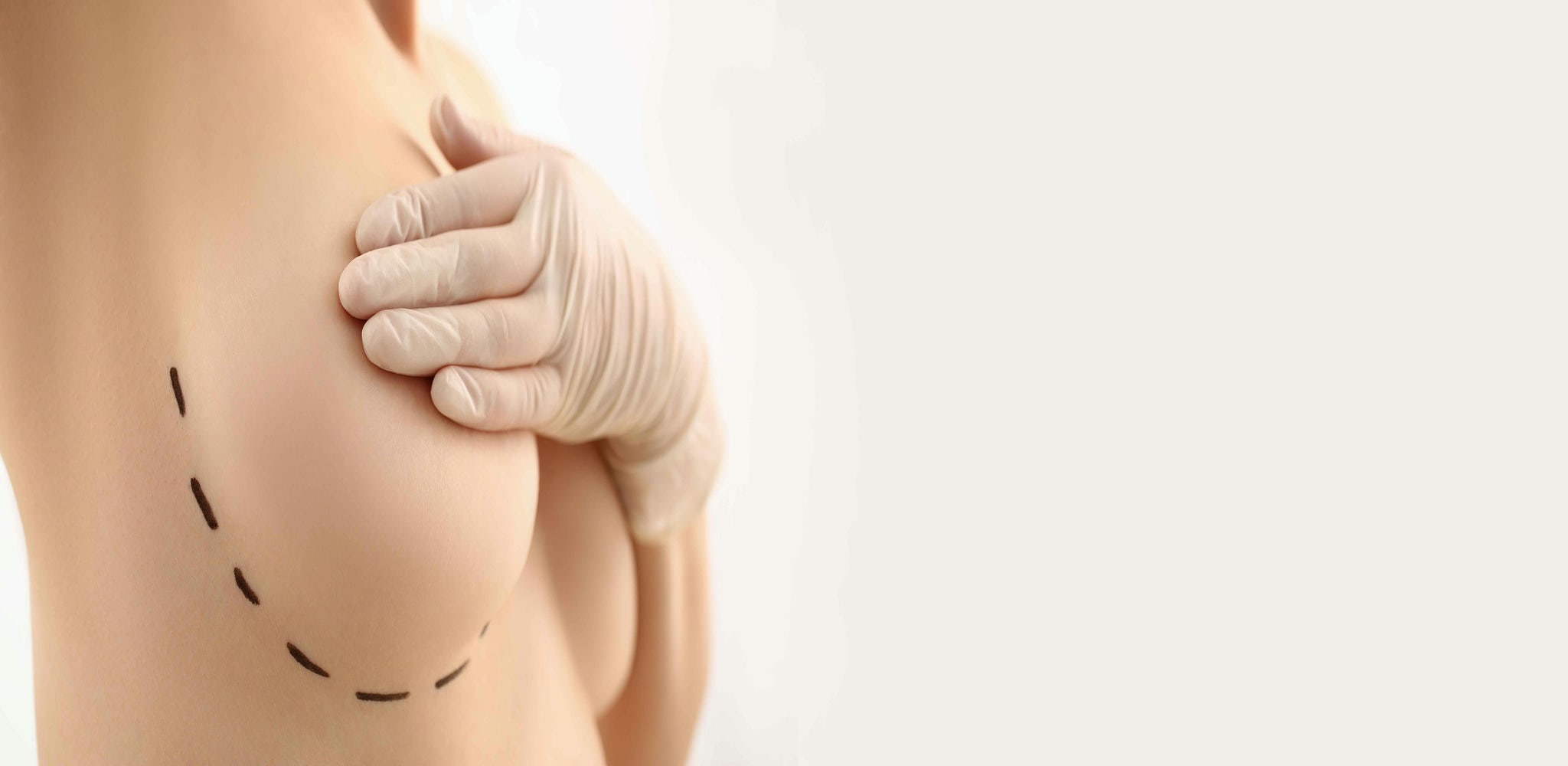
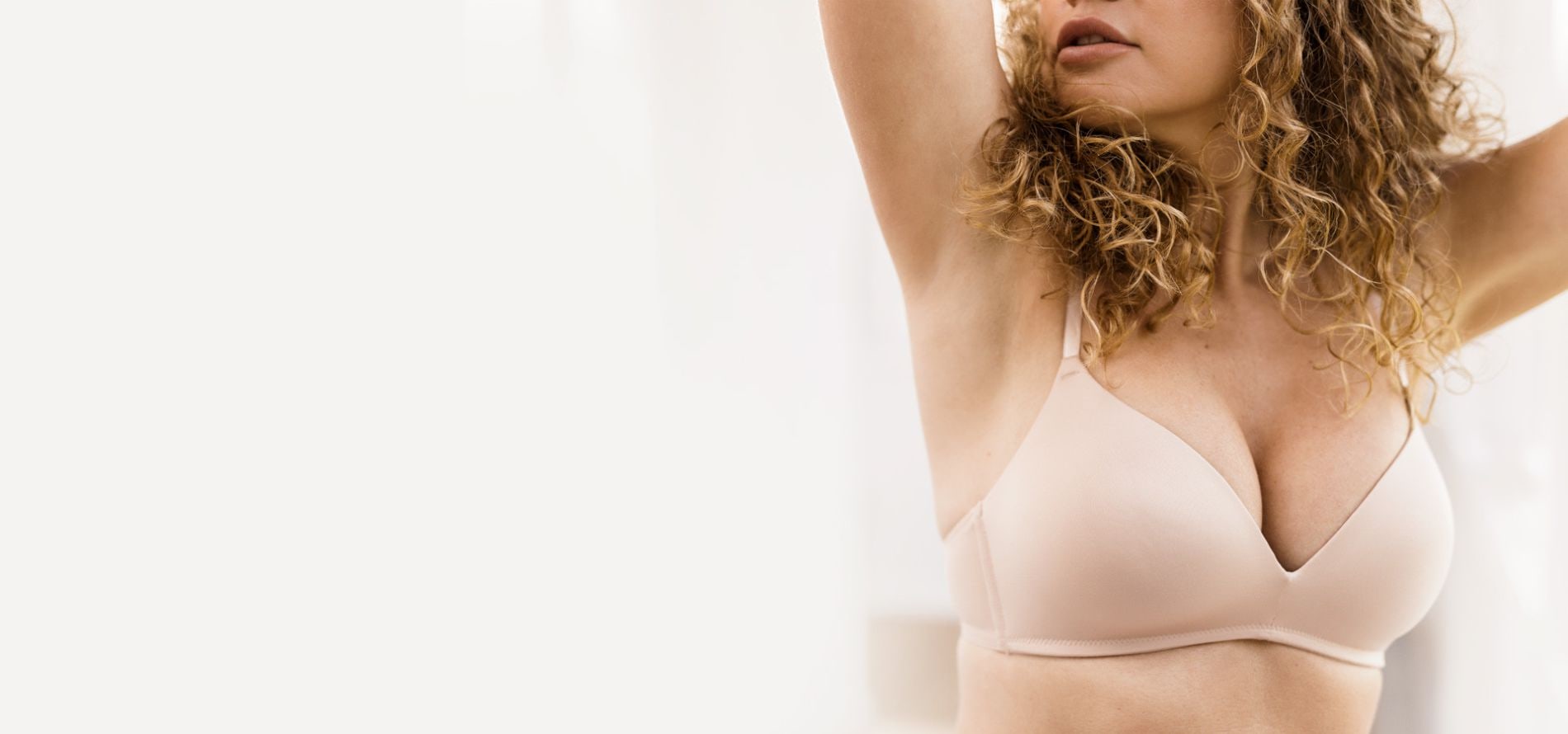
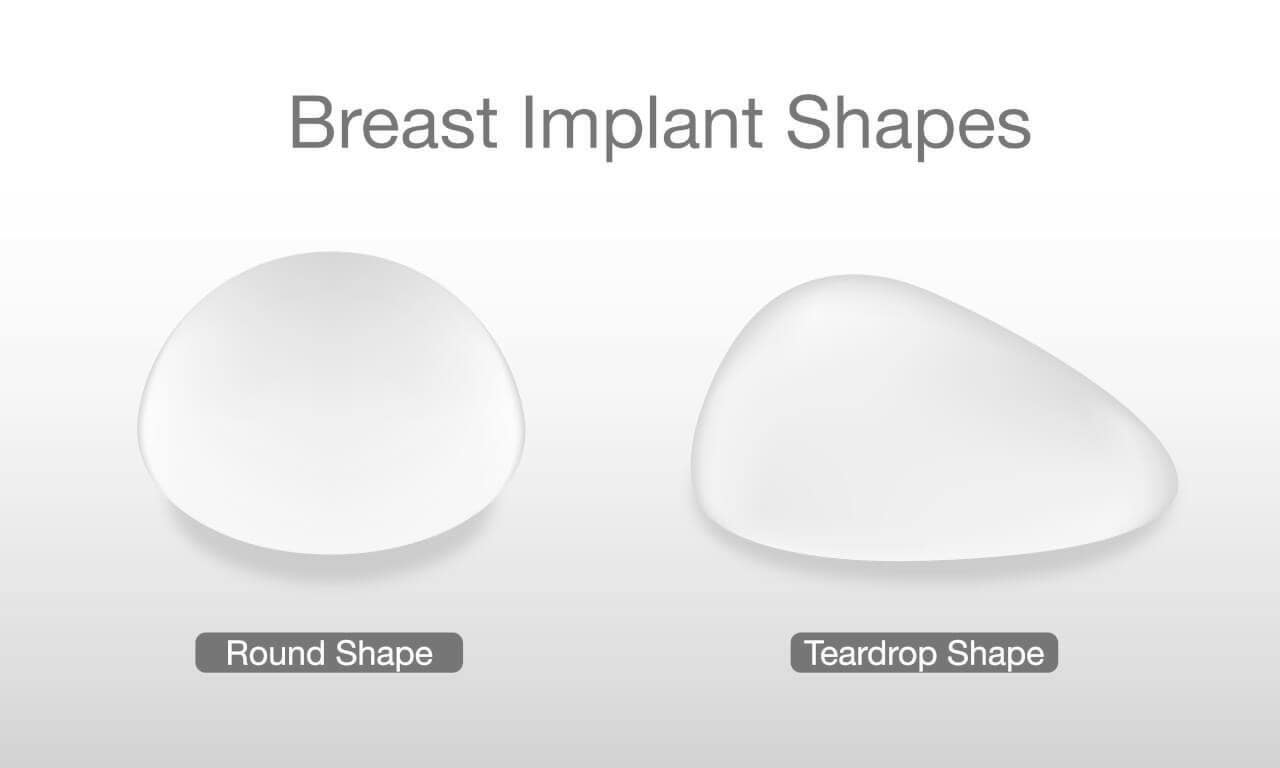
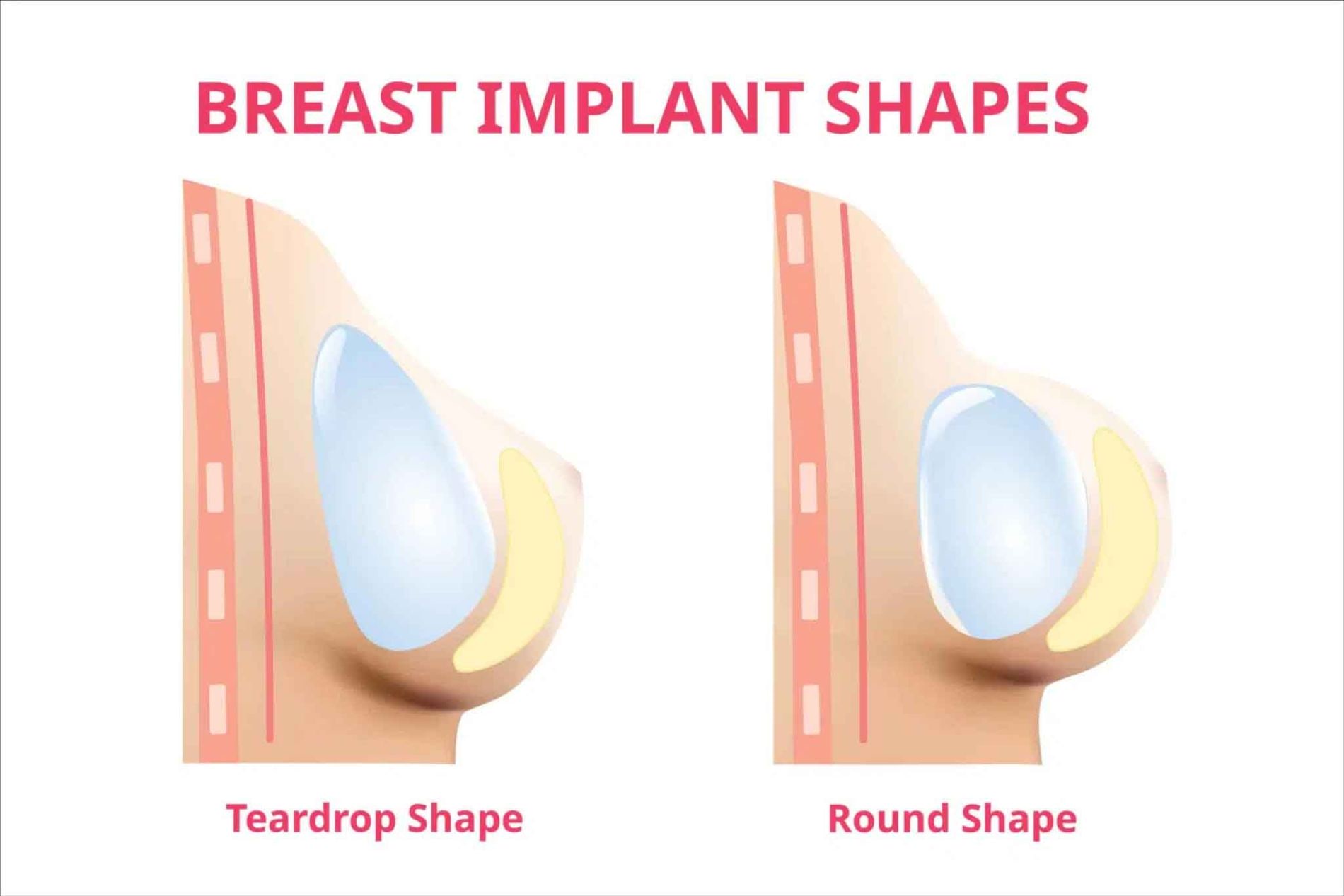
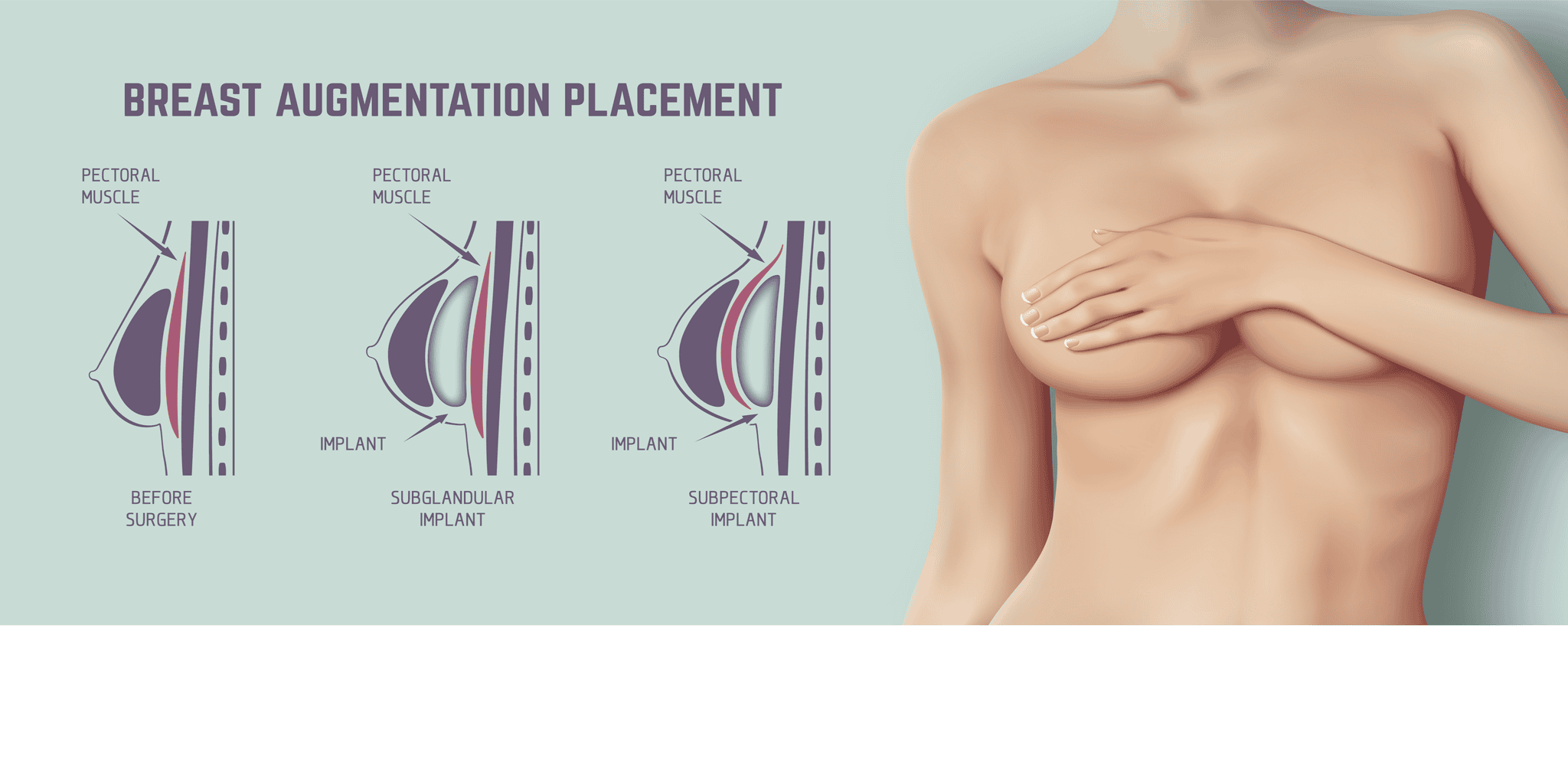

![]()
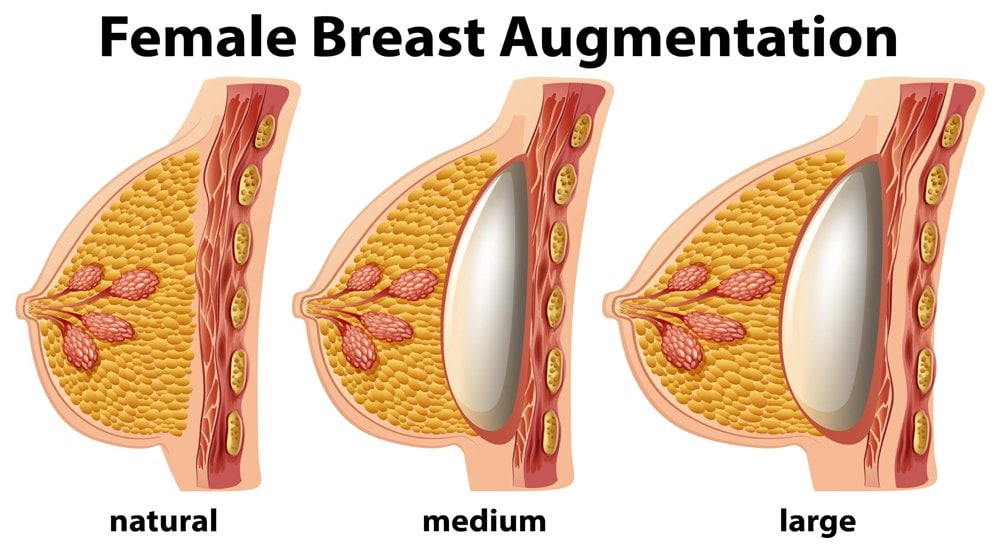

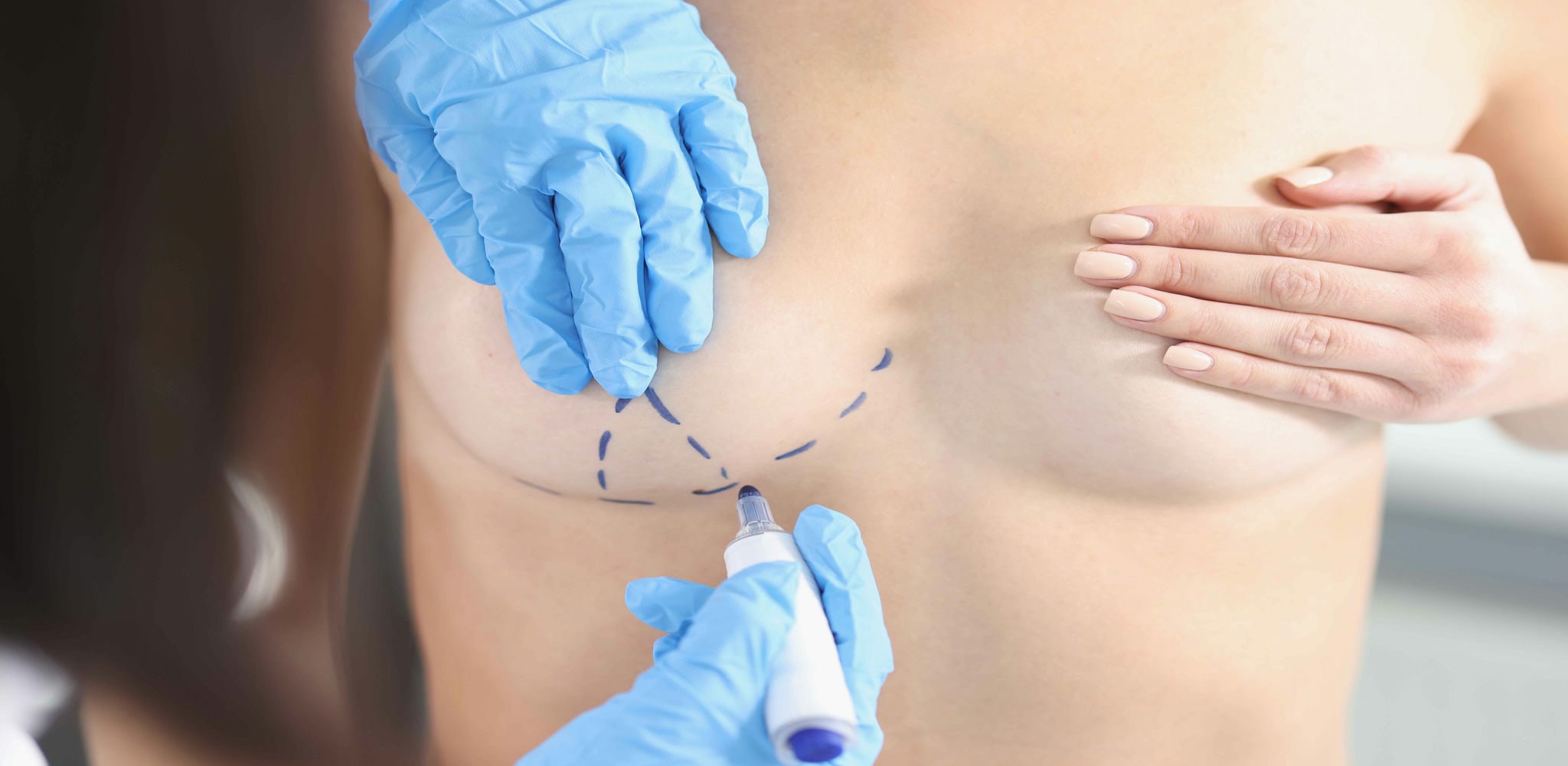
 English
English









